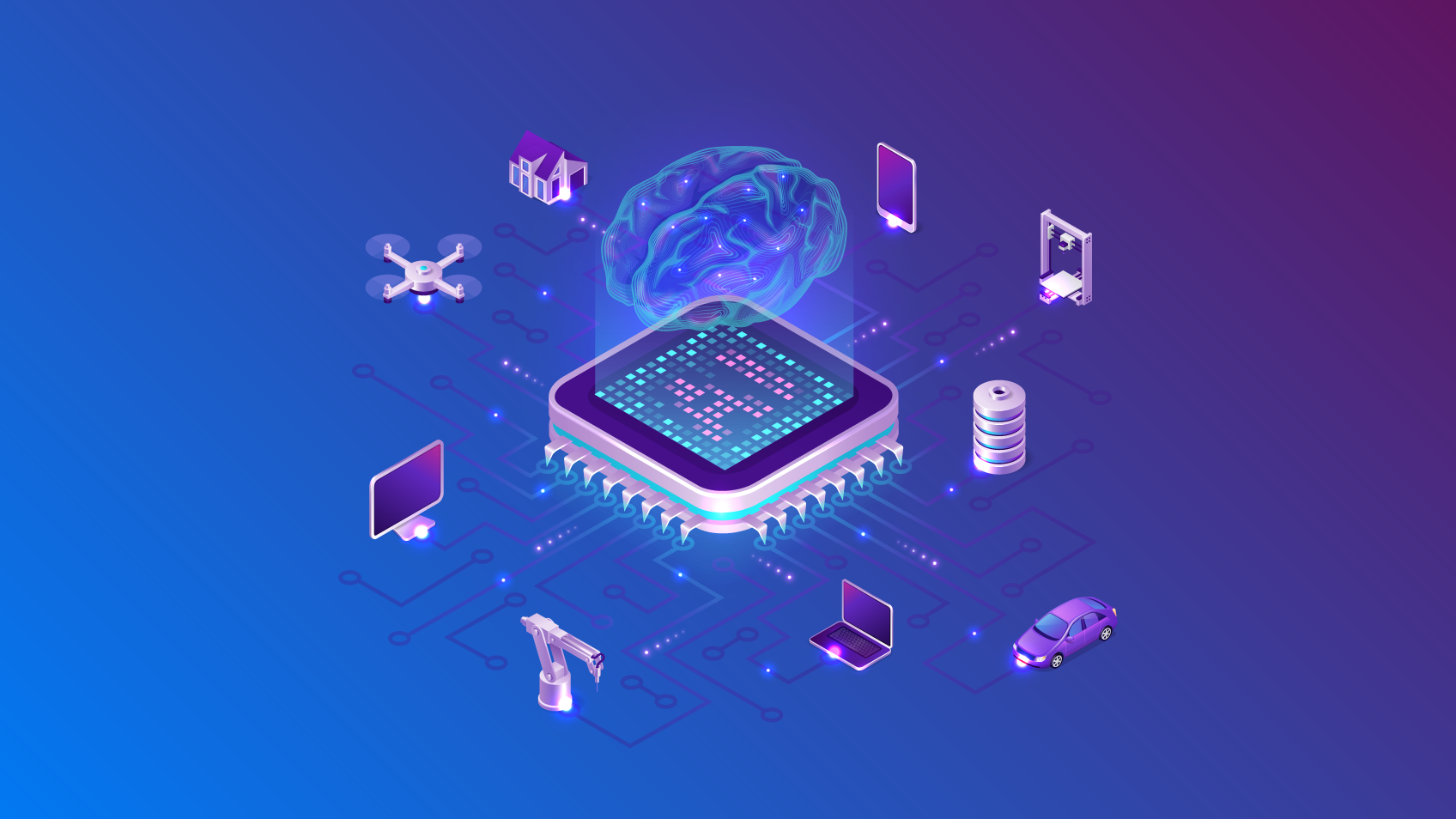
Top Ten Artificial Intelligence Breakthroughs of the Decade
By Adedayo Oyetoke, Published on: December 20th 2023 5 min, 916 word Views: 1182
The past decade has been a period of unprecedented advancements in the field of artificial intelligence (AI). From the development of groundbreaking algorithms to the creation of innovative technologies, AI has become an integral part of our daily lives. In this blog, we will explore the top ten AI breakthroughs of the past decade and delve into the details of each, providing examples and explanations to ensure a comprehensive understanding. So, let's begin our journey into the fascinating world of AI.
1. Deep Learning and Neural Networks
Deep learning is a subset of machine learning that utilizes artificial neural networks to make predictions or decisions. These networks, inspired by the human brain, consist of interconnected nodes or neurons, which process and transmit information. The term "deep" refers to the multiple layers of these neural networks, which enables them to learn complex patterns and representations from large amounts of data.
Example: AlphaGo, developed by DeepMind, is a program that defeated the world champion of the ancient board game Go. This breakthrough demonstrated the power of deep learning algorithms in mastering a game that requires strategic thinking and pattern recognition.
2. Natural Language Processing (NLP)
Natural language processing is a branch of AI that focuses on enabling computers to understand, interpret, and generate human language. This technology has made significant strides in recent years, with chatbots like Siri, Alexa, and Google Assistant becoming commonplace.
Example: IBM's Watson, a computer system capable of answering questions, has been used in various industries, including healthcare, finance, and customer service. By analyzing vast amounts of data, Watson can provide accurate and relevant responses to users' queries.
3. Computer Vision
Computer vision is the ability of machines to interpret and understand the visual world. This technology has made significant advancements in recent years, with self-driving cars, facial recognition systems, and virtual reality becoming more prevalent.
Example: Tesla's Autopilot system uses computer vision algorithms to navigate highways, adjust speed, and change lanes without human intervention. This technology has significantly reduced the number of accidents involving autonomous vehicles.
4. Reinforcement Learning
Reinforcement learning is a type of machine learning where an agent learns to make decisions by interacting with its environment. The agent receives feedback in the form of rewards or penalties and aims to maximize the cumulative reward over time.
Example: AlphaZero, developed by DeepMind, is a program that defeated the world champion of chess in just four games. This breakthrough showcases the power of reinforcement learning algorithms in mastering a game that requires strategic thinking, pattern recognition, and adaptability.
5. Generative Adversarial Networks (GANs)
GANs are a class of deep learning models that consist of two neural networks, a generator and a discriminator. The generator creates fake data, while the discriminator aims to distinguish between real and fake data. GANs have made significant strides in image synthesis, enabling the creation of high-quality, realistic images.
Example: StyleGAN, developed by NVIDIA, is a GAN that can generate realistic human faces based on a single image. This technology has applications in virtual reality, augmented reality, and even creating new celebrity looks.
6. Transfer Learning
Transfer learning is a technique that allows a model to learn from a pre-existing model, rather than training from scratch. This reduces the amount of data and computational resources required, as well as the time to train the model.
Example: BERT (Bidirectional Encoder Representations from Transformers), developed by Google, is a pre-trained model that has significantly improved the performance of natural language processing tasks. By fine-tuning BERT on specific tasks, researchers can achieve state-of-the-art results with less data and computational resources.
7. Explainable AI (XAI)
Explainable AI (XAI) is a subfield of AI that focuses on developing models and techniques that can provide understandable explanations for their decisions. This is crucial for ensuring trust and accountability in AI systems.
Example: LIME (Local Interpretable Model-agnostic Explanations) is a technique that explains the predictions of black box models by approximating the model with a local linear model around the data point of interest. This method allows users to understand why a particular prediction was made.
8. AI in Healthcare
AI has made significant strides in healthcare, with applications ranging from diagnosis to treatment planning.
Example: Deep Learning for Pneumonia Detection is a technique that uses chest X-ray images to detect pneumonia with high accuracy. This technology has the potential to revolutionize the diagnosis and treatment of respiratory diseases, particularly in developing countries with limited access to healthcare.
9. AI in Robotics
AI has played a pivotal role in the development of robots, enabling them to perform tasks more efficiently, accurately, and safely.
Example: Robotic arms developed by Boston Dynamics, such as BigDog and Cheetah, are capable of navigating through challenging terrains and performing tasks that were once reserved for humans. These robots have applications in disaster relief, search and rescue, and manufacturing.
10. AI in Cybersecurity
AI has made significant advancements in cybersecurity, enabling machines to detect and prevent cyber threats more effectively.
Example: AI-powered intrusion detection systems can analyze network traffic patterns to identify potential threats and trigger alerts before an attack occurs. This technology has the potential to significantly reduce the number of cyber attacks and their impact.
Conclusion:
The past decade has been a transformative period for artificial intelligence, with groundbreaking advancements in deep learning, natural language processing, computer vision, reinforcement learning, generative adversarial networks, transfer learning, explainable AI, AI in healthcare, AI in robotics, and AI in cybersecurity. As we move into the next decade, we can expect even more remarkable breakthroughs in the field of AI, shaping the way we live, work, and interact with technology.
